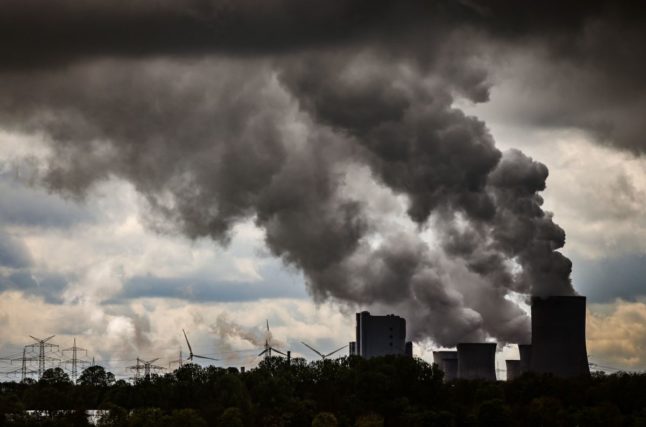Beginning on Tuesday evening, German residents under clear skies will be able to see up to 100 meteors per hour, with the high point expected on Thursday night. The night-time spectacular ends on Saturday.
But weather conditions could snuff out plans to watch the celestial fireworks show across much of the country.
“Overnight on Wednesday the eastern half of the country looks good,” DWD meteorologist Robert Scholz said, adding that residents in the northwest would also be likely to see the streams of cosmic debris entering the earth’s atmosphere.
But Scholz said he had little hope of a cloudless night on Friday.
“For that we’ll need a lot of luck everywhere,” he said.
The Perseids meteor shower takes its name from the constellation Perseus, which appears to be the shower’s radiant, the point from which the meteors seem to emit. In actuality the yearly event comes from debris associated with the comet Swift-Tuttle’s path around the earth.
The first documented sighting of the Perseid meteor shower dates back some 2,000 years in China. In Europe the event was first recorded in 811. Colloquially it came to be known as the “tears of St. Lawrence” because it usually fell near August 10, the date of the saint’s martyrdom during the persecution of Valerian in Rome in 258.
Among scores of deacons and priests put to death, Lawrence was said to have met his torturous death on a gridiron.




 Please whitelist us to continue reading.
Please whitelist us to continue reading.
Member comments